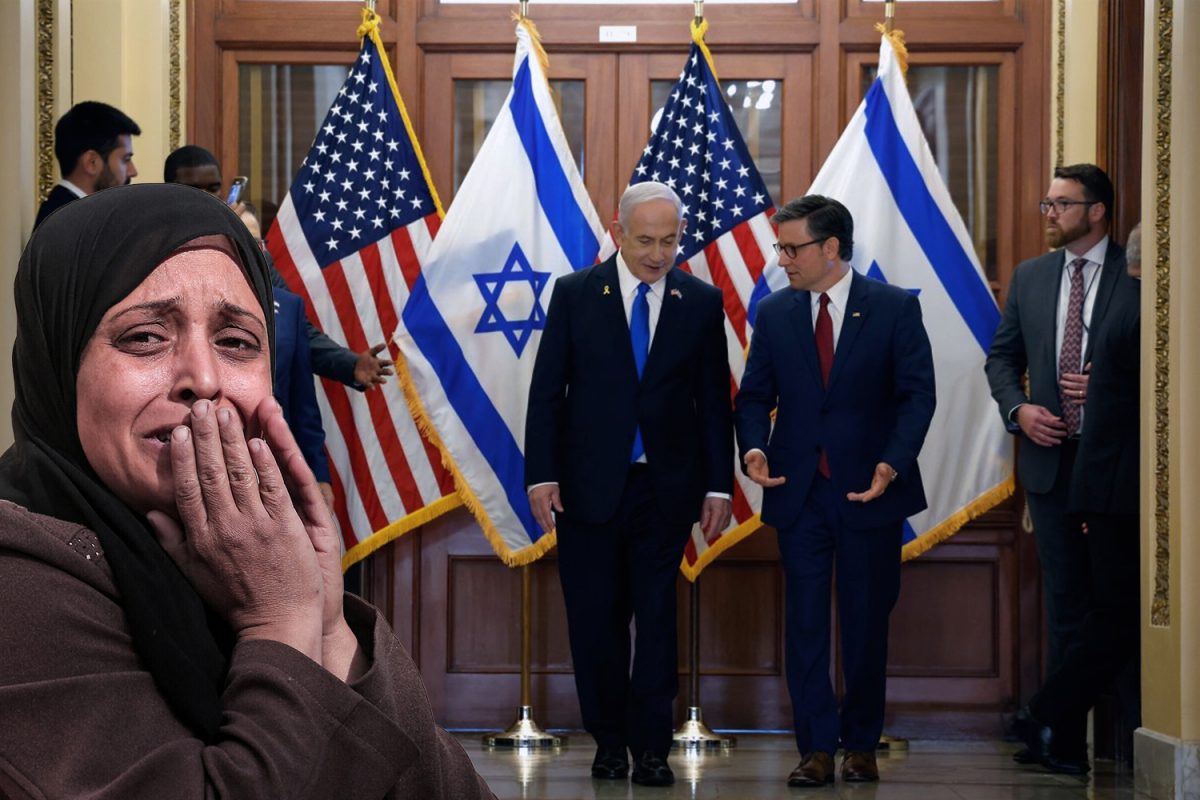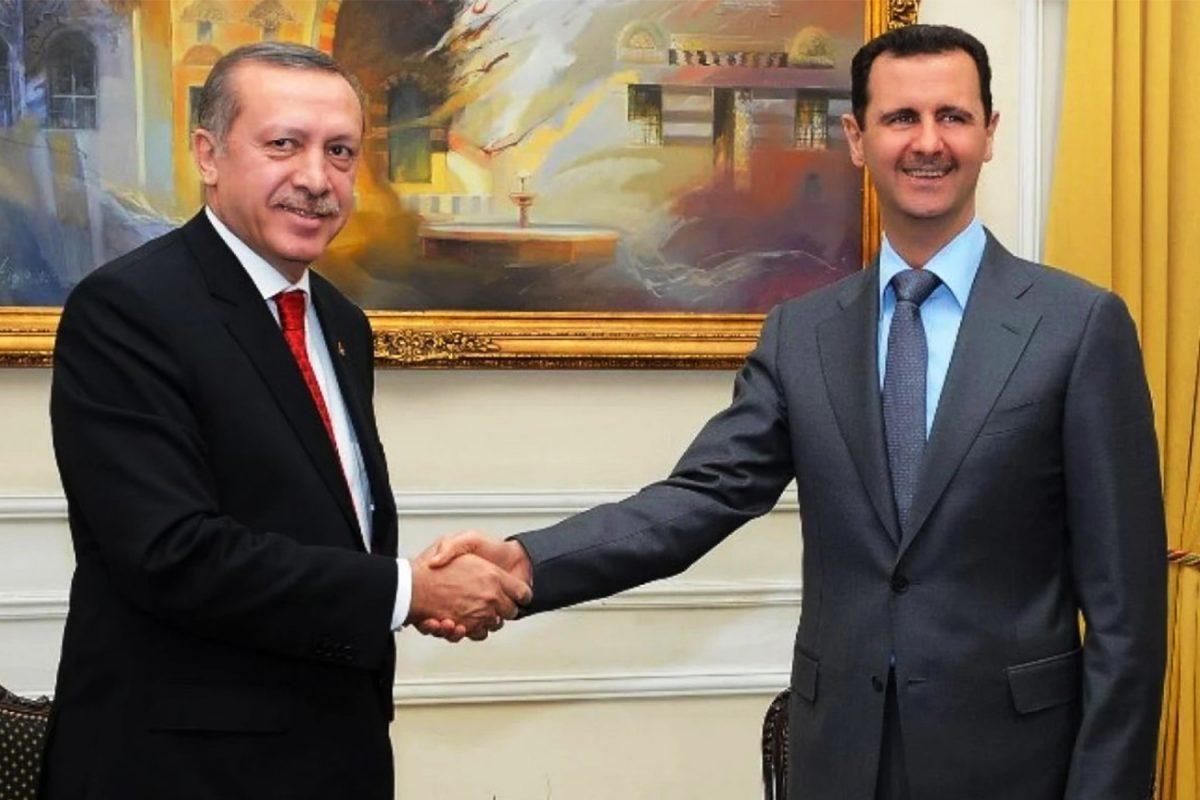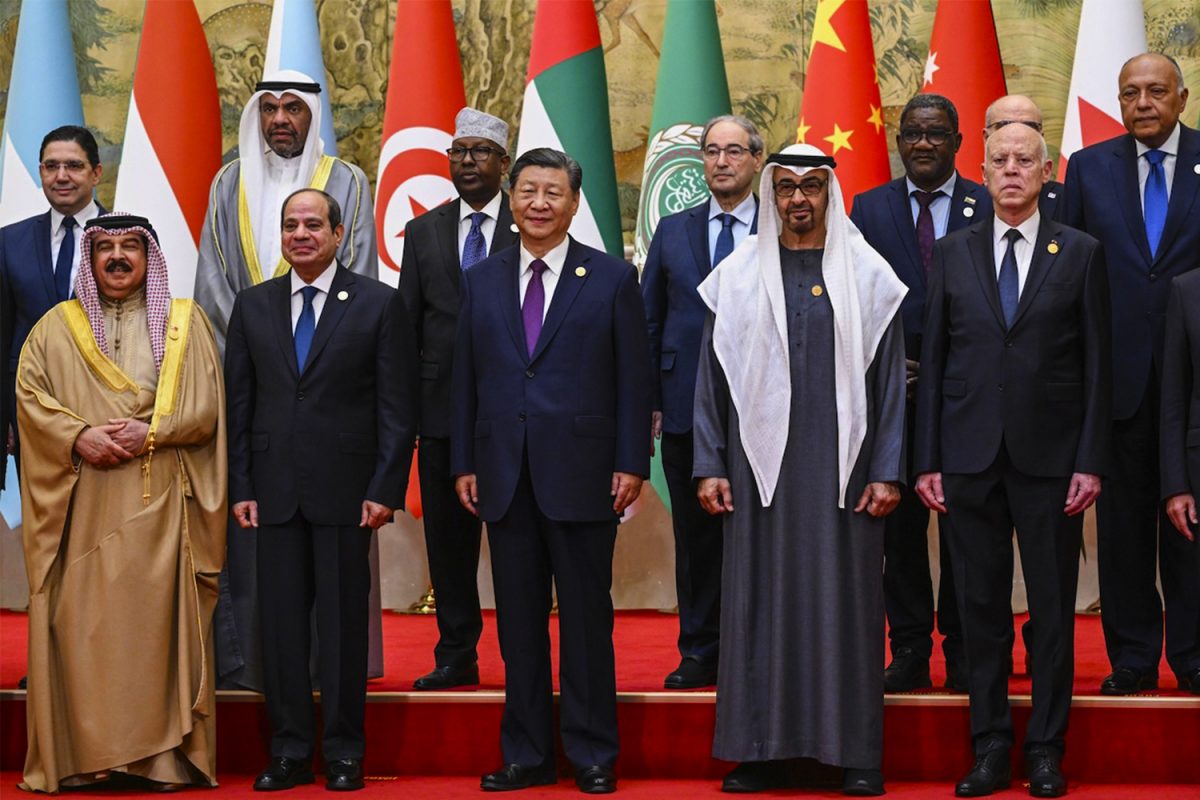The Iranian supreme leader’s recent statement stirred much debate given the context. Iran is known for its diversion tactics, and it seems this statement was another attempt to shift the blame onto others for the weeks of protests following the killing of 22-year-old Kurdish woman Mahsa Amini by Iran’s notorious morality police. In his statement, Ayatollah Ali Khamenei in effect said that Iraqi protests were motivating Iranian protests and the commonality between both was to block the liberation of Jerusalem. This emotive statement would appeal to the Iranian government’s incubators inside Iran and across the region, but to many, it seemed like an attempt to ease the pressure and shift global public opinion that has grown against the Iranian government since the death of Amini. This is not the first attempt to shift the blame and focus, with the Iranian government launching attacks on Iranian-Kurdish dissident bases in Iraqi Kurdistan, blaming dissidents for inciting the protests across Iran. Likewise, government loyalists blame US and Israeli conspirators for the protests engulfing Iran which have continued into their fifth week, the longest duration of protests the government has seen since the 1979 Iranian revolution. Given this latest statement and its link to an issue which is important for Muslims across the region, Sunni or Shiite, it is important to look at its implications in light of the growing anti-Iranian government opinion inside Iran, Iraq, and other regional countries.
First, the Iranian supreme leader is burying his head in the sand and dismissing the true motivations and organic nature of the protests. The death of Amini at the hands of the country’s morality police was the spark needed for the Iranian people to vent their mounting anger and frustration because of various injustices and failures. For example, in Sistan-Balochistan, people protested to express their solidarity with the demonstrations against the death of Amini, however, the Balochi people have endured much suffering at the hands of the Iranian government, and were recently protesting against the rape of a 15-year-old girl by a senior police officer. Amini’s death gave them another justification to intensify their protests against the government. The Iranian government blamed Balochi separatists for sparking the protests in Sistan-Balochistan and has always blamed anyone apart from itself for the problems it faces, a typical deflection tactic by authoritarian governments to avoid criticism. However, it does not matter who the government blames, as the protests are not ending, with more flaring up by the day, and differences emerging among government loyalists and institutions over what to do next.
religious rhetoric is among the government’s tools to deflect attention and propel its regional projects
Second, religious rhetoric is among the government’s tools to deflect attention and propel its regional projects. Everyone is familiar with how the mission of protecting Shiite shrines in Syria was used as a pretext to recruit, train and deploy thousands of young Shiites from across the region to fight in Syria, which resulted in a bloodbath and the displacement of thousands of Sunni families, with their homes taken by Shiites from Iran, Lebanon, Pakistan, and Afghanistan – as part of Iran’s plans to change the religious demographic of countries that are critical of its Tehran-Mediterranean corridor. Likewise, by using religious rhetoric and symbolism against the backdrop of the Iranian protests, Khamenei is justifying the use of excessive violence to subdue protestors not only in Iran but across the region, especially if protestors are directly threatening Iranian interests as they are doing in Iraq. Young Iraqis hold Iran directly responsible for the misery that they have experienced because of its interference in Iraqi decision-making and its deployment of armed militias across the country.
Third, Iran’s religious rhetoric in this instance has no basis, despite its anti-Israeli rhetoric and Quds Day which is annually celebrated, the government has done nothing to practically help the Palestinian people. The recent maritime demarcation agreement between Lebanon and Israel could not have happened without Iran instructing its proxy Hezbollah not to veto the US proposal. Iranian pragmatism took priority over its ideological and religious rhetoric, exposing its hypocrisy and double standards.
the Iranian supreme leader’s statement is just another attempt to cover up the real motivations driving the Iranian protests and justify the use of excessive violence to suppress the protests not only in Iran but elsewhere as well
Fourth, the Iranian supreme leader is fully aware of the fact that the current Iranian protests are somewhat different from those that occurred in the past in terms of their geographical scope, intensity and anti-government slant. In addition, the protests have led to differences among government loyalists and apparatuses. Former government loyalist Ali Larijani recently praised the shah’s era for its tolerance and religious freedom, and the founder of the IRGC Navy retired Brigadier General Hossein Alaei in a 14-point letter demanded the closure of Iranian institutions like the morality police because of the harm they have done. Likewise, many clerics from Qom have refrained from condemning the Iranian protests and some have shown sympathy toward the protestors. Given the emergence of these fault lines, Khamenei resorted to typical religious rhetoric and symbolism in an attempt to unify the country by presenting the protests as attempts to thwart the stated Iranian revolutionary goal of liberating Jerusalem. This attempt is unlikely to work this time, with the government having created enemies through discarding former loyalists and leaving them out in the cold. Likewise, the Iranian army has been deployed to quell the protests, and many soldiers are likely not to respond to orders to shoot at protestors.
There are rumours, although not yet substantiated, that the government has brought in Shiite mercenaries from Syria and Afghanistan to quell the domestic protests, this would not be without precedent, with Shiite clerics considering the idea in 2019 to subdue protests if the guardian jurist political system was in danger of collapse. The government is facing a massive legitimacy crisis, and its pillars are being shaken by the day, the whole apparatus is on the verge of cracking, especially if the protests grow in scope and intensity over the next few weeks. Out of desperation, the government will have no choice but to deploy mercenaries and proxies, which will lead to further bloodshed, with these fighters having no mercy for those who threaten the Iranian government.
To conclude, the Iranian supreme leader’s statement is just another attempt to cover up the real motivations driving the Iranian protests and justify the use of excessive violence to suppress the protests not only in Iran but elsewhere as well. The statement reflects the desperation and fears of the supreme leader and the Iranian religious elite as the protestors are not backing down, and many girls and women are openly not wearing the hijab in an expression of outright rejection of the clerical government and its false representation and interpretation of Islam. Dark days await the Iranian government, especially as it prepares a succession process post Khamenei, and its future is no longer clear, with protests assailing it from every angle internally and with the security option failing to quell the protests. Any sign of compromise will be akin to the government signing its own death warrant, and it seems like this is the option it will have to face if it wants to remain in power for the time being.




